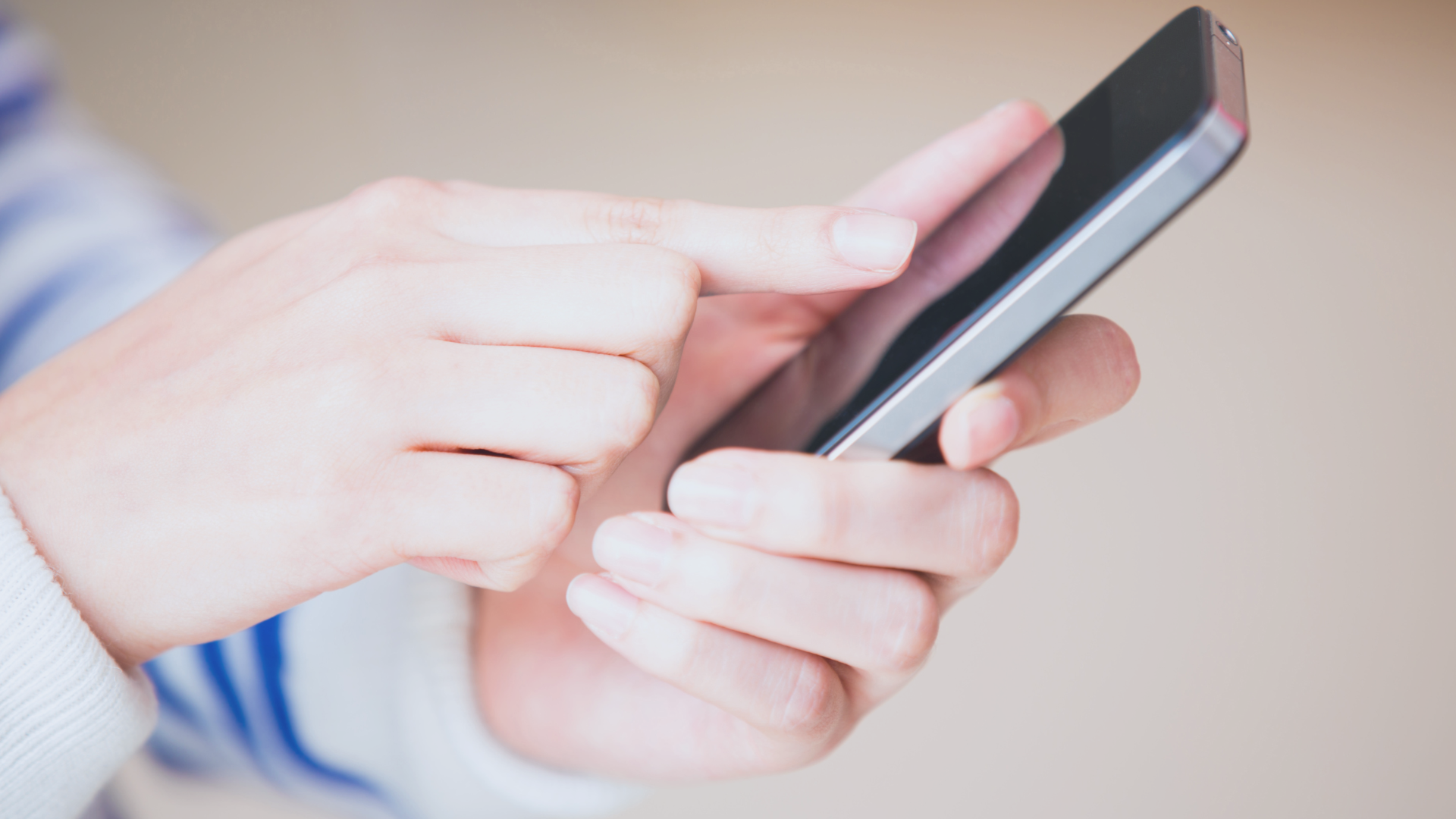Why text messaging and its relationship to patient engagement and patient experience is imperative to the clinical and financial success of healthcare.
The Inconspicuous phenomenon of Texting
Texting is the fastest growing business service in the world. Texting has increased over 7000% within the last decade. Over 690 billion texts are sent every month worldwide. In America, over 80% of the population text regularly. About every type of consumer including the young, old, generation X, generation Y, and especially millennial use the text channel. Three out of ten people would give up calls in favor of texting. Texting is 10x quicker than phone calls and 95% of texts are read within 3 minutes of being sent. The average response time is 90 seconds. 91% who text prefer it over voicemail.
Only 48% of businesses are equipped to handle texting while 89% of consumers want to use text to communicate with businesses, including healthcare.
Healthcare has the opportunity to exploit the text channel in the provisioning of quality care and financial stability, but not without serious and thoughtful considerations to its deployment, management and benefit to the patient.
As with all existing communication technology, the HIPAA, HIPPA and HIPPO sheriffs, tend to ride into town decrying lack of certification, loss of patient privacy, unmitigated risk and the need to encrypt everything and everyone, without really reflecting on the balance between mitigating risk and improving the lives of patients and the financial success of the organization. By no means is privacy and security not important nor the importance of protecting the patient’s rights, but all too often healthcare forgets what it means to be patient centric.
Organizations within Healthcare struggle with separating security and privacy as was defined by HIPAA and interpret HIPAA as an all or nothing proposition when it comes to engaging the patient through the text channel.
Texting is transmitted unencrypted without a doubt. The individual text message segment is limited to 160 characters. The information is unstructured and part of a digital conversation that can randomly contain components of PHI in flight, as do phone conversations everyday. Texting affords us the opportunity to secure the data at rest, (while what comes out of the mouth does not) from healthcare organizations and assumes the patients, if consented, approves of this level of privacy and has some responsibility to security by owning and securing the phone.
While technological safeguards to protect patient health information remains paramount, health professionals should not forget that individual relationships remain the foundation of the patient’s experience with the health care system.






